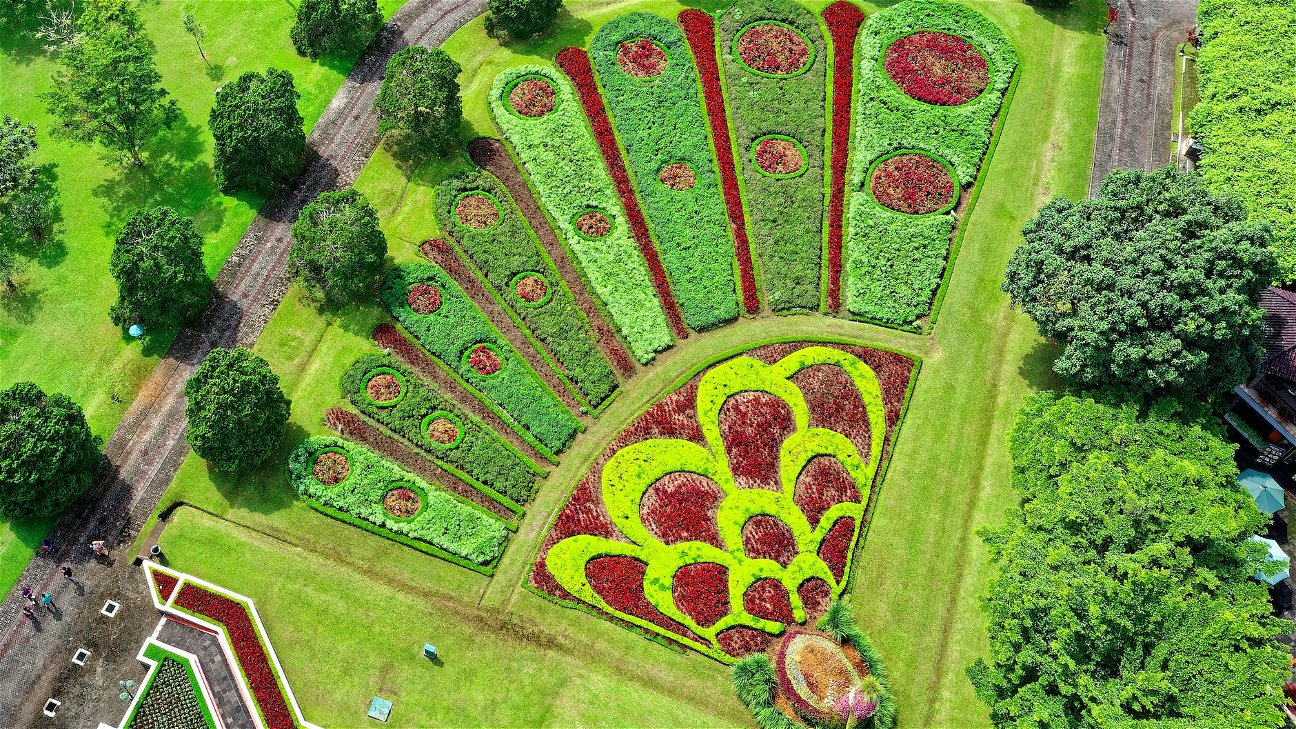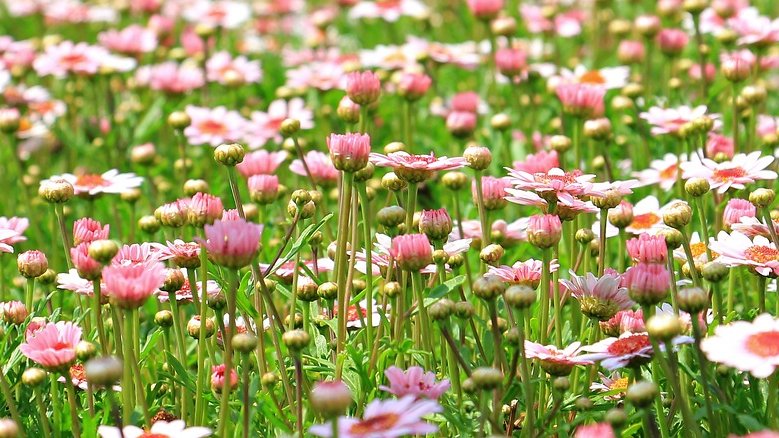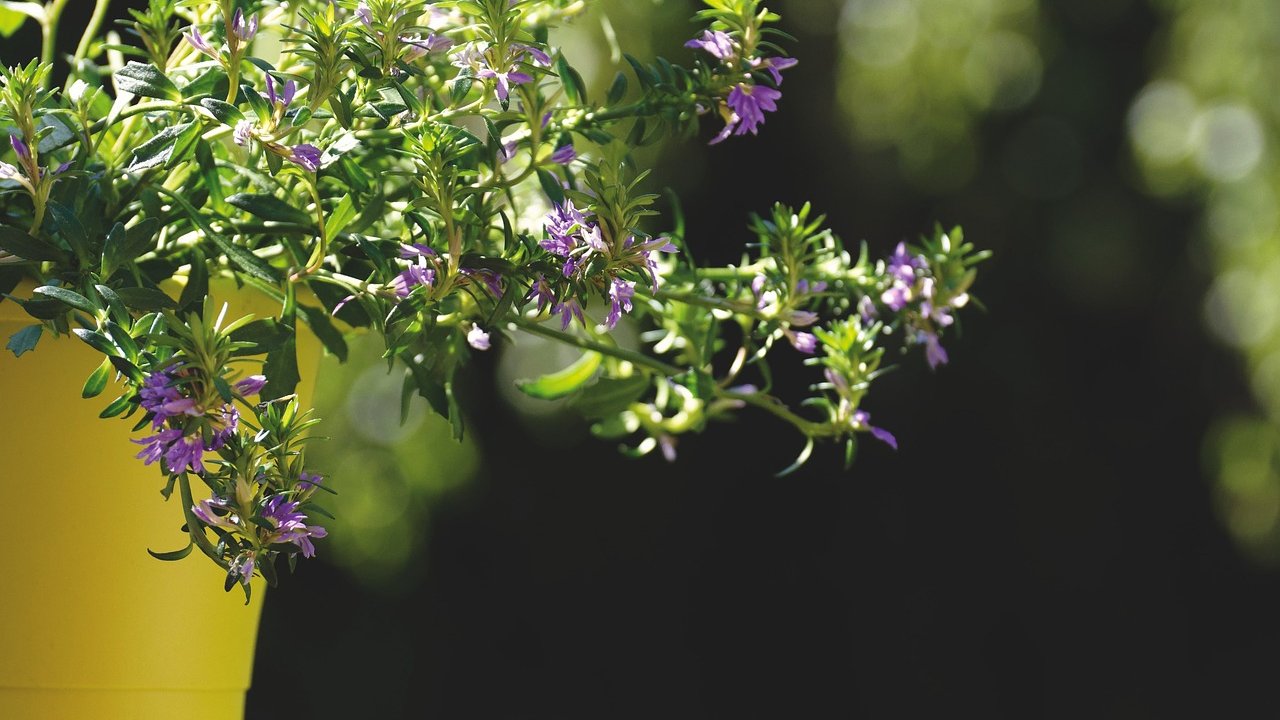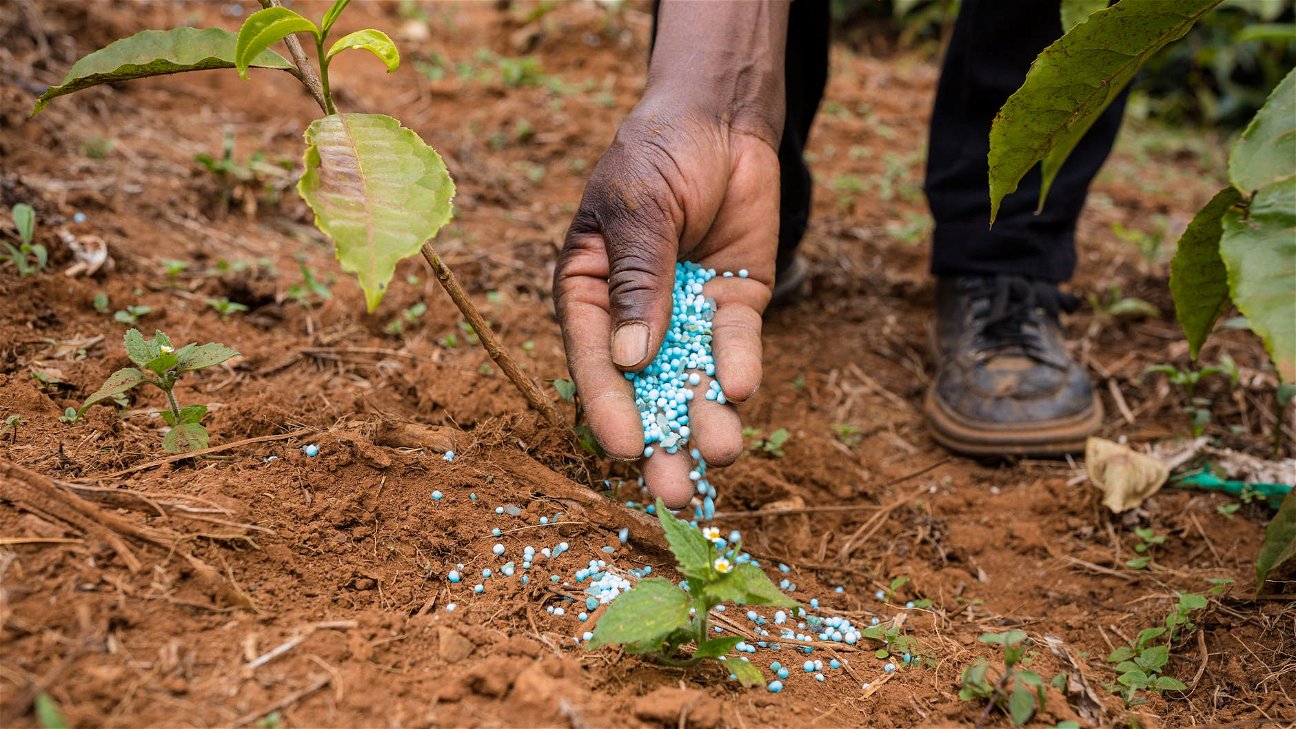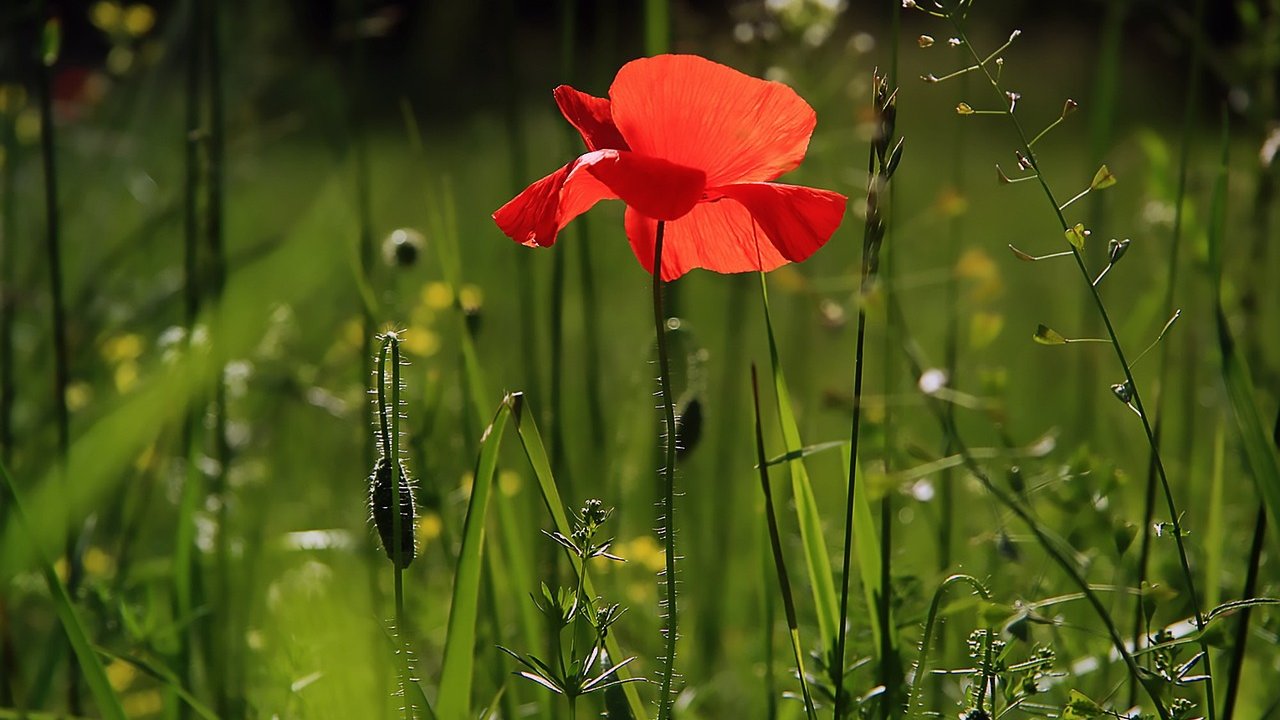
In the world of gardening, color plays a significant role in crafting the mood of your outdoor space. Let's dive into the color psychology of gardening and understand how to use this knowledge to enhance your garden.
Understanding color psychology
Color psychology is the study of how colors can influence our mood and emotions. This science has been widely used in marketing, interior design, and more recently, in gardening.
Different colors evoke different feelings and responses. For instance, red is associated with passion and energy, blue with calmness and tranquility, while yellow is often linked to happiness and positivity.
The impact of color in the garden
In gardening, color can create an atmosphere, direct focus, and even alter perceptions of space. A garden filled with cool colors like blues and greens can create a calming, serene atmosphere. In contrast, a garden bursting with warm colors like reds and oranges can evoke an energetic, lively vibe.
Here are some of the ways color can impact your garden:
- Red: Creates a sense of excitement and draws attention. It can make an area appear closer than it is.
- Orange: Evokes a sense of warmth and enthusiasm. It's also known to stimulate appetite.
- Yellow: Associated with joy and cheerfulness. It's a stimulating color that can brighten up shaded areas.
- Green: Symbolizes nature and tranquility. It's a calming color that can provide a restful place for the eyes.
- Blue: Connotes peace and calmness. It can make an area seem cooler and broader.
- Purple: Represents luxury and creativity. It can provide a deep contrast against green foliage.
Crafting mood with plants
When choosing plants for your garden, consider the color of the flowers, foliage, and even the fruits. Here are some tips to craft mood with plants:
- For a peaceful and relaxing garden, opt for plants with blue, lavender, or white flowers. Some options include bellflower, hosta, and hydrangea.
- If you want an energizing garden, go for plants with red, orange, or yellow flowers. Marigold, lantana, and hibiscus are great choices.
- To create a balance, consider using plants with green foliage like ferns, boxwood, or rhododendrons.
Remember, color theory is a tool, not a rule. Don't be afraid to experiment and create a garden that reflects your personal taste and mood.
Planning your garden's color scheme
Planning a color scheme for your garden can be both an artistic and scientific process. Here are some steps to help you:
- Observe your garden at different times of the day. Notice how the light affects the colors.
- Decide on the mood you want to create. Do you want a calm, serene space, or do you prefer an energetic, vibrant garden?
- Choose a color scheme. You can opt for monochromatic (using shades of a single color), complementary (colors opposite each other on the color wheel), or analogous (colors next to each other on the color wheel).
- Select your plants. Consider not only the flower color but also the color of the foliage and fruit.
By understanding and applying the principles of color psychology, you can create an emotionally resonant garden that's a joy to spend time in. Whether you want a soothing sanctuary or a lively entertainment area, the choice of colors can make all the difference.


